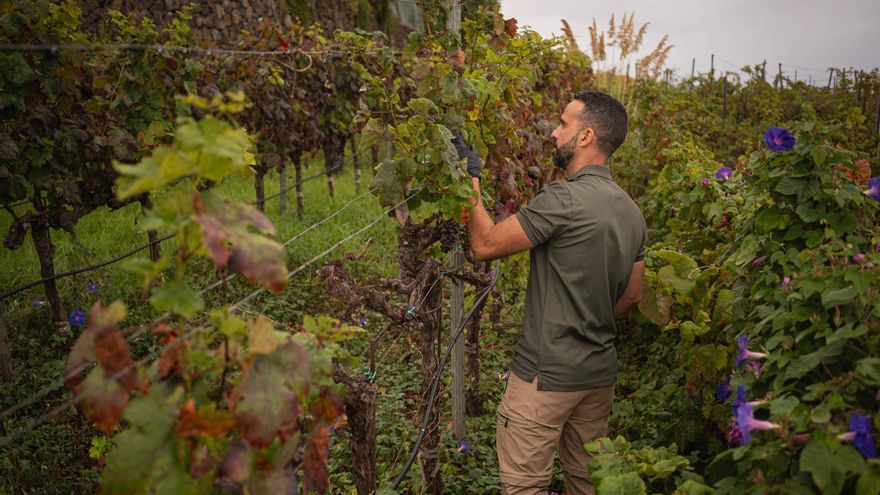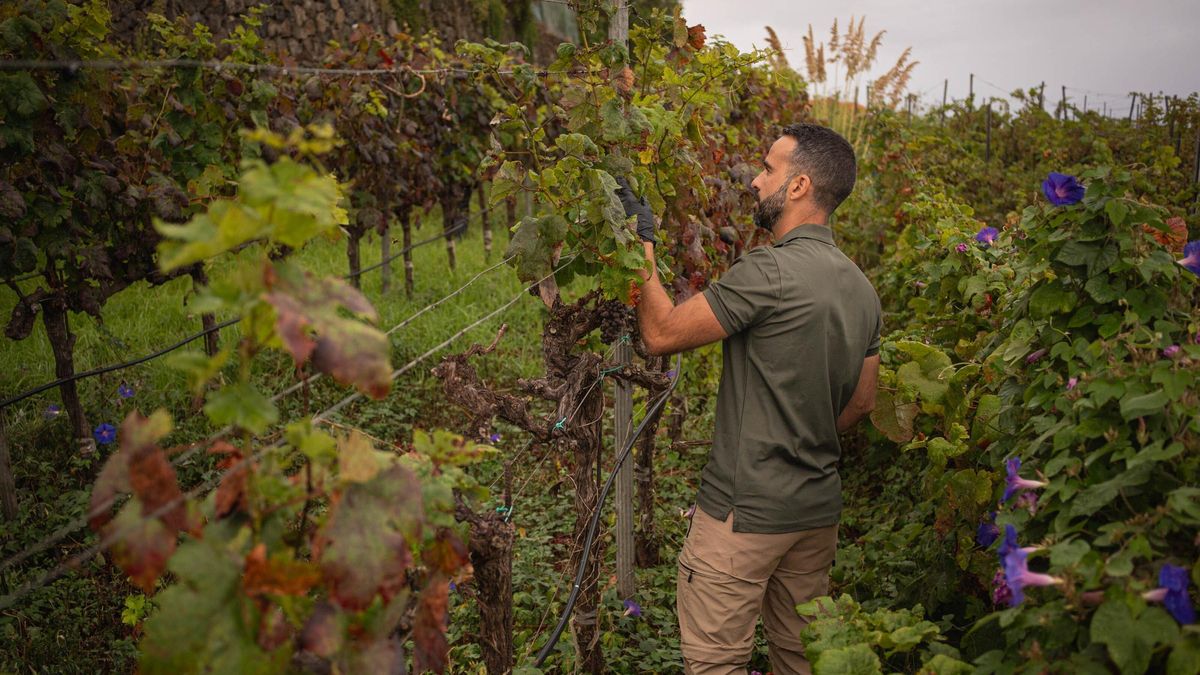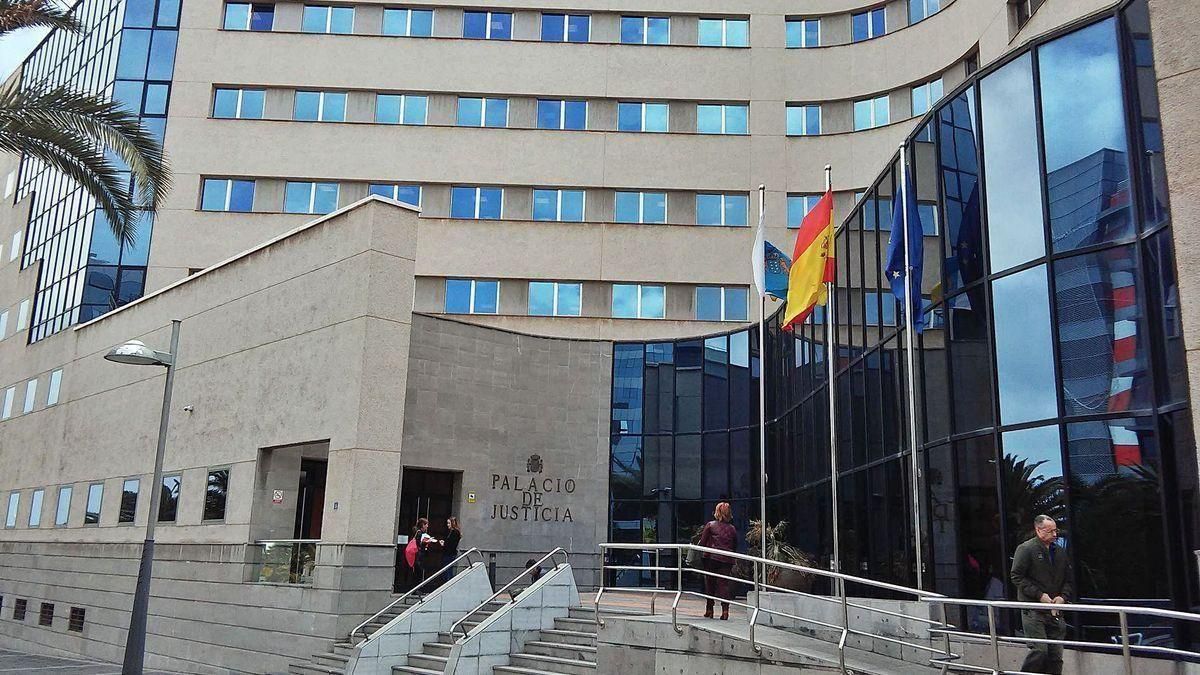Cabildo de Tenerife Confirms Containment of Phylloxera Plague

The Cabildo de Tenerife has confirmed that the phylloxera plague is contained and affects only 2% of inspected vine plants. As of yesterday, technicians from the Cabildo de Tenerife and the Government of the Canary Islands had completed 2,901 inspections, identifying only 60 infected strains.
Response from the Authorities
The island’s president, Rosa Dávila, explained that the Island is “responding with rigour, science, coordination, and transparency to protect our vineyards, our farmers, and the future of our wines.” In her address to the Plenary, she emphasised the unity of action shown by all levels of administration—central, regional, island, and municipal—together with the primary sector and political groups, who supported the measures in place.
Creation of Advisory Committee
In a plenary session that yielded no significant updates, she announced the formation of a scientific-technical advisory committee, tasked with analysing the evolution of the phylloxera and proposing science-based control measures.
Criticism from the PSOE
The PSOE, who requested the extraordinary plenary meeting, denounced the absence of the Cabildo president and her governing group during the phylloxera crisis. Socialist spokesperson Aarón Afonso criticised that the plenary took place “44 days after the first focus was detected and only because it was requested by the Socialist Party.”
While supporting the measures adopted by the Government of the Canary Islands, the socialists demanded that the Cabildo should “reinforce inspections on farms with more personnel and technical means, engaging companies such as GMR, Gesplam, or Tragsa”.
Strategic Plan
Meanwhile, the Councillor for Primary Sector and Animal Welfare, Valentín González, proposed the creation of an institutional agreement to strengthen prevention, control, and eradication of the plague, while developing a Strategic Plan for the Tenerife wine sector.
This plan aims to enhance competitiveness, diversify markets, promote the marketing of local wines, integrate measures to adapt to climate change, and strengthen the sustainability of the sector. “We are committed to protecting the vineyard, defending the agricultural and cultural identity of the Island, and ensuring a sustainable future for the sector,” emphasised González.
Since the first focus was detected on 30 July, over 50 field agents, mostly agronomists, have been deployed to conduct inspections and implement control measures. These actions have allowed for precise delimitation of the affected area, establishing an infested zone with a minimum radius of 500 metres around confirmed cases and a buffer zone of an additional kilometre, where restrictions and enhanced surveillance are enforced.
Eradication and Prevention
The technical measures used for prevention and eradication include shock phytosanitary treatments, destruction of infected plants, and a prohibition on moving vine or fresh plant materials between the Archipelago and within different areas of Tenerife without explicit Cabildo authorisation. Furthermore, a public territorial viewer has been established, in coordination with the Government of the Canary Islands, to transparently consult positive cases.
The plenary concluded with a message of political and institutional unity against the threat of phylloxera, which has raised alarms among vine growers and winemakers but has also strengthened cooperation among all administrations. “We have deployed a rapid and direct response, regardless of political affiliations. The collaboration has been exemplary,” Dávila stated.














